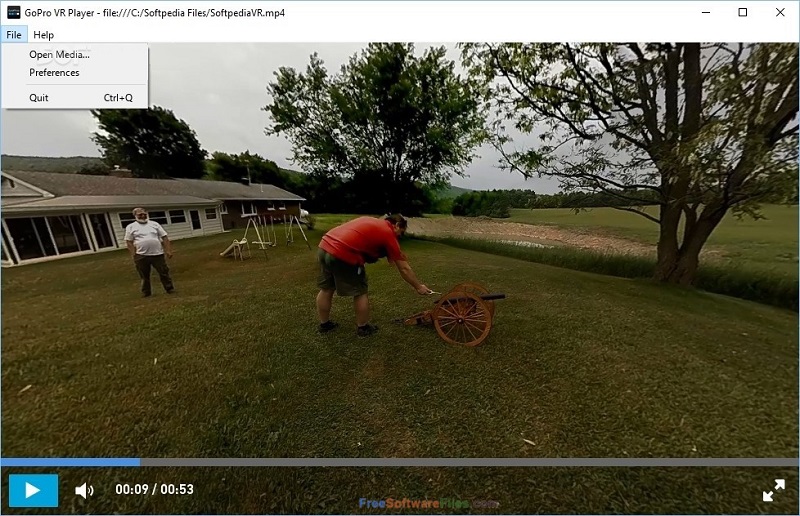
- ADOBE PREMIERE KEEPS LAUNCHING GOPRO VR PLAYER HOW TO
- ADOBE PREMIERE KEEPS LAUNCHING GOPRO VR PLAYER PRO
Spatial audio is another key element of VR video, as it allows viewers to hear sounds from different directions and distances. The video can then be edited and stitched together to create a seamless panoramic view. To create a 360-degree video, a special camera with multiple lenses is used to capture the entire environment. Key Elements of VR Video 360-Degree Videoģ60-degree video is a key element of VR video, as it allows viewers to look around and explore the environment as if they were actually there.
Test the video on multiple VR devices: Before sharing your VR video with others, it’s important to test it on multiple VR devices to ensure that it works properly and looks good on each one. 
This means that sounds will appear to come from specific directions and distances, creating a more realistic and engaging experience.
Add spatial audio: Spatial audio adds another layer of immersion to the VR experience by mimicking the way sound behaves in real life. 
This allows viewers to look around in any direction as if they were really there.
Use a 360-degree camera: To fully immerse viewers in the VR experience, it’s best to use a 360-degree camera to capture the video. In addition to the above steps, there are a few other things to keep in mind when converting a video to VR format: Some popular VR devices include Oculus Rift, HTC Vive, and Samsung Gear VR. Check the specifications of your VR device to ensure that the video meets the required file format, resolution, and frame rate. Step 3: Ensure the Video Is Compatible With VR DevicesĪfter encoding the video, it’s important to ensure that it is compatible with VR devices. When choosing encoding settings, consider the resolution and frame rate of the original video, the type of VR device you plan to use, and the desired quality and file size of the final VR video. Encoding settings determine how the video is formatted and compressed, which affects the quality and compatibility of the video with different VR devices. Once you have chosen the software you will use, the next step is to select the appropriate encoding settings. Step 2: Select the Appropriate Encoding Settings These programs offer different features and capabilities, so it’s important to research each one and choose the best fit for your needs. ADOBE PREMIERE KEEPS LAUNCHING GOPRO VR PLAYER PRO
There are several software options available, including Adobe Premiere Pro, Final Cut Pro X, and GoPro VR Player.

The first step in converting a video to a VR format is to choose the right software. Here are the steps you need to follow: Step 1: Choose the Right Software
ADOBE PREMIERE KEEPS LAUNCHING GOPRO VR PLAYER HOW TO
How to Convert a Video File from One Format to Another Using VLC Media PlayerĬonverting a video to VR format involves a few key steps, including choosing the right software, selecting the appropriate encoding settings, and ensuring the video is compatible with VR devices.







 0 kommentar(er)
0 kommentar(er)
